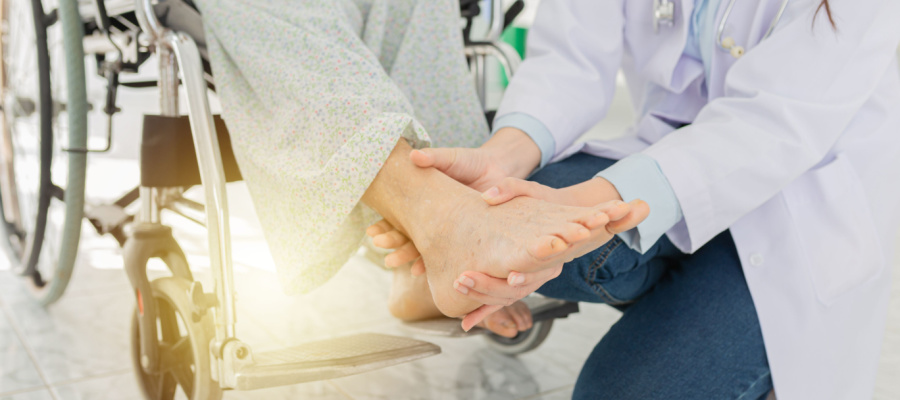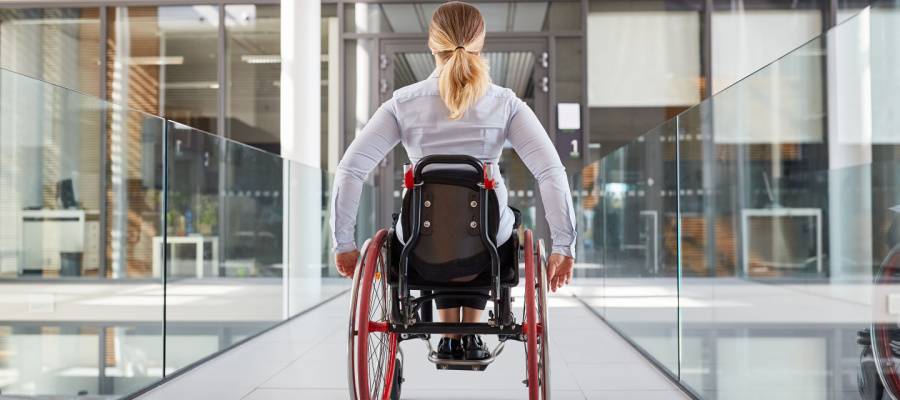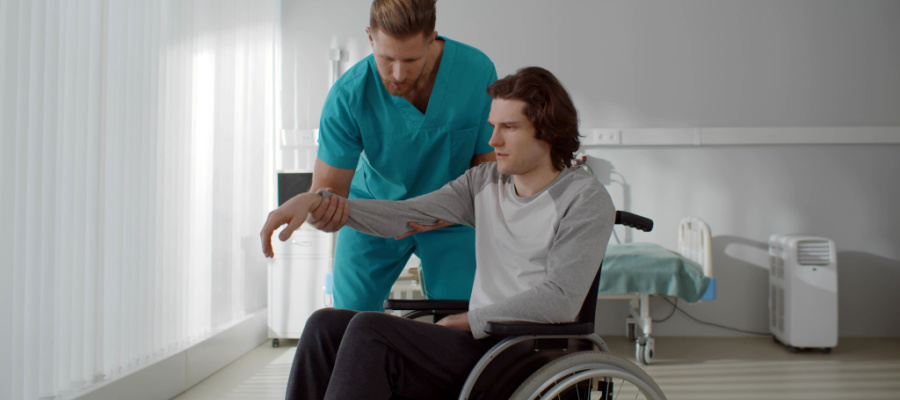Can a Paralyzed Person Feel Pain in Their Legs?
Living with paralysis can significantly alter an individual’s life, bringing challenges that affect mobility, daily tasks, and health. One of the common concerns for people with paralysis—and their caregivers—is whether they can still feel pain, especially in the legs. While paralysis causes a loss of motor control in the affected limbs, the sensation of pain can still be complex, and many factors influence how the body reacts to it.
At Devoted Helpers, based in Sugar Land, Texas, we understand how important it is for individuals living with paralysis to have a comprehensive understanding of their health needs. In this article, we explore whether paralyzed individuals can feel pain in their legs, what types of pain might occur, and how caregivers can assist with managing pain and discomfort.
Understanding Paralysis and Sensory Loss
Paralysis occurs when there is damage to the nervous system, particularly the spinal cord or brain, which disrupts the brain’s ability to communicate with muscles and sensory receptors in the body. This interruption of nerve signals leads to the loss of motor control (movement) and sensory perception (feeling), but the extent of sensory loss depends on the location and severity of the injury.
For instance…
- Complete paralysis means that there is a total loss of movement and sensation below the level of the injury. This could be the case for someone with quadriplegia (paralysis of all four limbs) or paraplegia (paralysis of the lower body).
- Incomplete paralysis means that some motor function and sensation may remain, and individuals may still feel certain types of sensations, including pain, in the affected areas.
Can a Paralyzed Person Feel Pain in Their Legs?
The short answer is yes, a paralyzed person can feel pain in their legs, but the nature and type of pain they experience may vary. Pain perception in individuals with paralysis is often more complicated than in people without it. Several types of pain may still be felt, even in paralyzed legs.
a. Neuropathic Pain – Pain from Nerve Damage
One of the most common types of pain experienced by people with paralysis is neuropathic pain. This type of pain results from nerve damage or changes to the nervous system due to the injury or condition causing the paralysis. Neuropathic pain can occur even in areas of the body that are paralyzed and is often described as sharp, burning, or tingling.
For example
- A person with spinal cord injury may experience pain in their paralyzed legs, even though they cannot move them. This type of pain can feel like a shooting pain, burning sensation, or a feeling of pins and needles in the legs, even though no physical injury has occurred.
b. Phantom Limb Sensation – A Psychological Response
People with paralysis may also experience a phenomenon known as phantom limb sensation. This occurs when individuals feel sensations, including pain, in a limb that is no longer functional or present. In the case of someone who has lost the ability to move or feel their legs, they may still feel sensations in their legs as if they were moving or were there. These sensations can include pain, itching, or pressure. This phenomenon is the result of the brain’s processing of sensory input, even after the physical limb is no longer functional.
c. Referred Pain – Pain Felt in an Area Not Directly Injured
Referred pain can occur when pain is felt in a part of the body that is not directly injured. For someone with paralysis, this can happen when nerve pathways related to the paralyzed area become overstimulated or damaged. The brain might interpret signals from different areas, such as the legs, leading to pain that feels like it’s coming from the legs, even though there is no direct injury.
d. Spasticity – Muscle Tightness and Pain
People with paralysis may also experience spasticity, which is characterized by tight, stiff muscles that can lead to painful contractions or cramps. This can affect the legs and may cause discomfort, even though the muscles themselves are no longer fully functional. Spasticity can vary in intensity, and in some cases, it can cause significant pain or discomfort.
Managing Pain in Paralyzed Individuals
For people with paralysis, managing pain in the legs or other affected areas is an essential part of maintaining a high quality of life. Below are some strategies for pain management…
a. Medication
Medications are often prescribed to help manage neuropathic pain and other types of discomfort. Common medications for this purpose include…
- Pain relievers like acetaminophen or ibuprofen.
- Anti-seizure medications such as gabapentin, which are often used to treat nerve pain.
- Antidepressants like amitriptyline, which can help alleviate nerve pain by altering how pain signals are processed in the brain.
- Muscle relaxants to manage spasticity or tight muscles in the legs.
b. Physical Therapy and Stretching
For individuals with spasticity or other forms of pain, physical therapy can help to reduce muscle tightness and improve mobility. Stretching exercises may be recommended to increase flexibility and reduce discomfort caused by stiff muscles or joint immobility.
c. Heat and Cold Therapy
Applying heat or cold can offer relief for certain types of pain. Cold packs can reduce inflammation and numb pain, while heat therapy can help relax muscles and alleviate stiffness, especially in areas affected by spasticity.
d. Alternative Therapies
Some individuals with paralysis may find relief from pain through alternative therapies such as acupuncture, massage therapy, or transcutaneous electrical nerve stimulation (TENS), which uses electrical impulses to disrupt pain signals.
e. Psychological Support
Since chronic pain, especially neuropathic pain, can be mentally and emotionally draining, seeking psychological support is also crucial. Cognitive-behavioral therapy (CBT) can help individuals develop coping strategies for managing pain and improve emotional well-being.
How Devoted Helpers Can Assist with Pain Management
At Devoted Helpers, we provide compassionate in-home care to individuals living with paralysis, offering support in managing not only physical needs but also emotional and psychological well-being. Our trained caregivers can assist with…
- Personal care, including regular repositioning to reduce pressure sores, which can exacerbate pain.
- Monitoring pain and helping individuals track their symptoms, working alongside healthcare providers to adjust medications and treatments as needed.
- Providing emotional support, as chronic pain can lead to frustration, isolation, or depression.
- Physical therapy support, helping with stretching exercises and mobility to reduce discomfort.
- Encouraging participation in activities that can help improve mental health and reduce the perception of pain.


